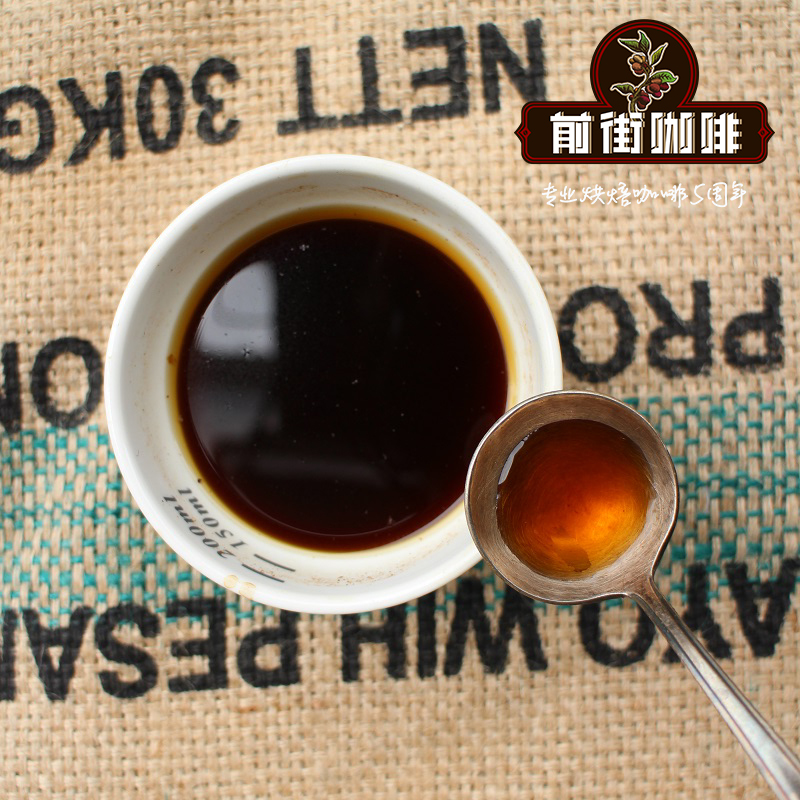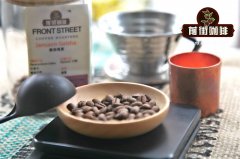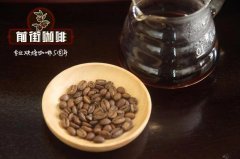A brief introduction to the History of Coffee in Ethiopia introduction to the flavor and taste of Sidam coffee

Professional coffee knowledge exchange more coffee bean information please follow the coffee workshop (Wechat official account cafe_style)
Qianjie-Ethiopian Coffee History, Sidamo Coffee introduction
The story about the origin of coffee, quoted in earlier articles, is that this legendary figure, Caldy, was recorded around 850 AD. This statement is consistent with the saying that coffee cultivation began around the 9th century. However, some people believe that coffee was grown in Yemen as early as 575 AD, crediting the discovery of coffee to a hermit in the Yemeni Moka region named Sheikh Omar.
Legend has it that there are also many doubtful points. For example, Caldi's sheep and some local monks said that coffee was found to be both a stimulant and a drink on the same day, but coffee beans were chewed by sheep for centuries before they were made into drinks. So coffee beans were most likely eaten as a stimulant at that time, and beans were easily ground and mixed with butter or animal fat. Form a thick paste, which is then rolled into a small ball and then consumes energy during a long journey.
The custom of chewing coffee beans was brought to Arabia by the Sudanese to help them through a difficult journey of Muslim trade. It is said that slaves in Sudan learned the custom of chewing coffee from the Gala tribe in Ethiopia.
Up to now, people in these areas still cook with coffee powder as an ingredient, adding a little butter to the brewed coffee to make it more nutritious and flavor.
In order to promote the uniqueness of domestic coffee, the Serbian government applied for patents on the names of three producing areas in 2004; Sidamo is one of them (the other two are Harrar and Yirgacheffe). Most of the coffee from Sidamo is treated with mixed water and sun, which is very popular with coffee fans who like fruity and rich aroma.
The coffee flavor of Sidamo is very diverse, because of the different soil composition, regional microclimate and countless native coffee varieties, the coffee produced in each urban area has obvious differences and characteristics.
The main varieties are Huakui (bean Heirloom) candlelight (bean Heirloom,90+ special producing area)
Knowledge gift: Ethiopia's geographical environment is very suitable for coffee growth. Coffee is mainly grown in the southern highlands between 1100 and 2300 meters above sea level. Ethiopian coffee is harvested once a year, and the red coffee fruit is ripe for picking from September to December. The new season of coffee begins to be exported from November to December.
END
Important Notice :
前街咖啡 FrontStreet Coffee has moved to new addredd:
FrontStreet Coffee Address: 315,Donghua East Road,GuangZhou
Tel:020 38364473
- Prev

Which is good for ethiopia coffee beans? share the parameters of washing and brewing with Xuefei.
Professional coffee knowledge exchange more coffee bean information please follow the coffee workshop (Wechat official account cafe_style) front street-Ethiopia Yega Xuefei Coffee introduction is located in Ethiopia, a small town, elevation of 1700-2100 meters, can be said to be one of the highest coffee producing areas in the world, in other words, the Yega Xuefei producing area originally belonged to the Sidamo producing area
- Next

What are the quality characteristics of Essel coffee beans? what is the difference in flavor between Yega Xuefei washing and sun treatment?
Professional coffee knowledge exchange more coffee bean information please follow the coffee workshop (Wechat official account cafe_style) front street-Ethiopia coffee ranking, washing, sun exposure brief introduction with unique natural conditions in Ethiopia, suitable for growing all imaginable coffee varieties. Esseobi
Related
- Beginners will see the "Coffee pull flower" guide!
- What is the difference between ice blog purified milk and ordinary milk coffee?
- Why is the Philippines the largest producer of crops in Liberia?
- For coffee extraction, should the fine powder be retained?
- How does extracted espresso fill pressed powder? How much strength does it take to press the powder?
- How to make jasmine cold extract coffee? Is the jasmine + latte good?
- Will this little toy really make the coffee taste better? How does Lily Drip affect coffee extraction?
- Will the action of slapping the filter cup also affect coffee extraction?
- What's the difference between powder-to-water ratio and powder-to-liquid ratio?
- What is the Ethiopian local species? What does it have to do with Heirloom native species?

